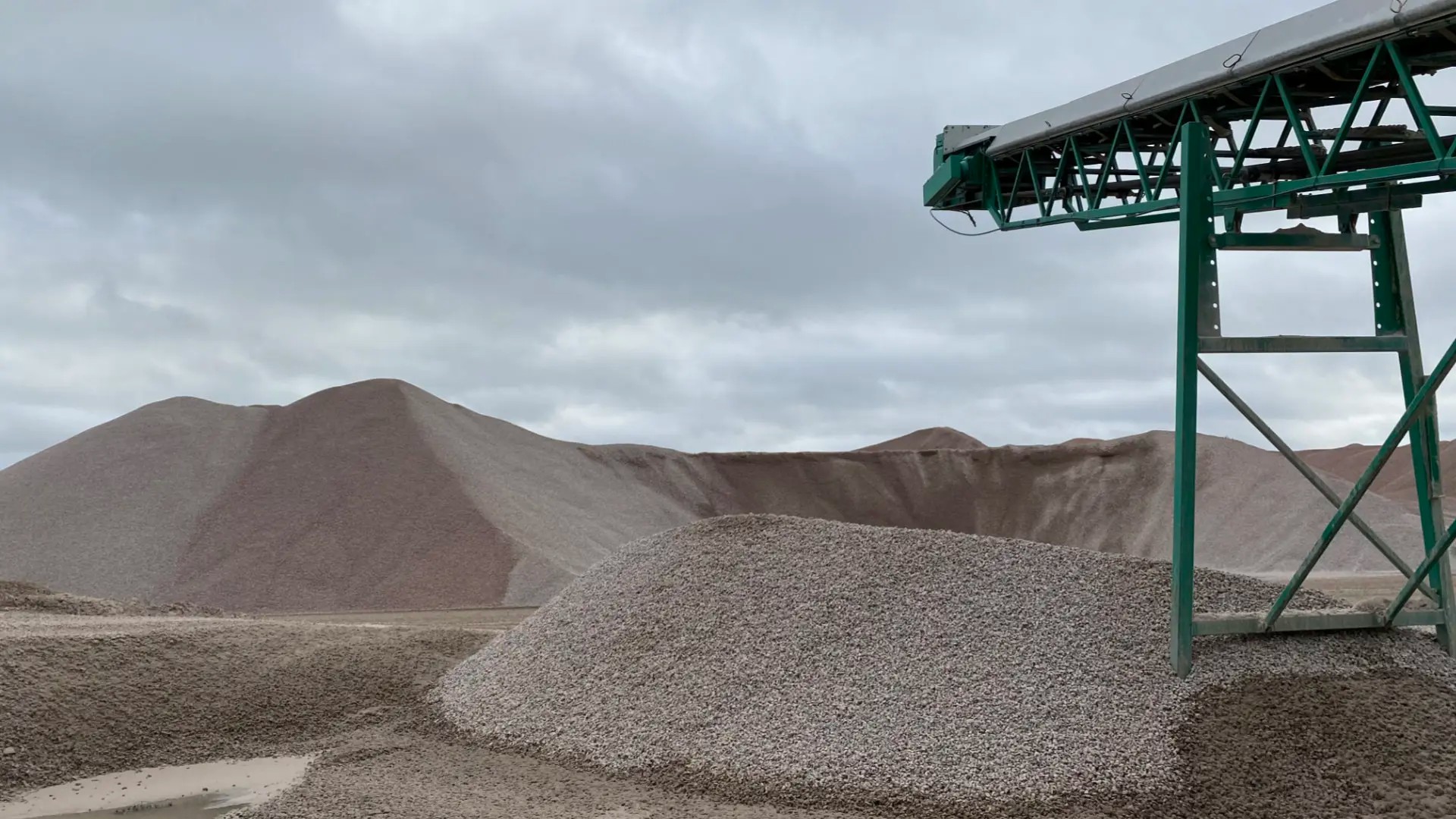
Rock material, so-called aggregates, are used today in large quantities in infrastructure projects and many other activities. There are major environmental gains to be made through a quality-assured life cycle analysis. An obstacle for many companies today is that this can be both complicated and costly. Researchers at Chalmers have therefore developed a digital tool, with which they recently obtained the first verified EPD, that will make the work much easier and cheaper.
EPD stands for Environmental Product Declaration and is a way of communicating environmental impact associated with a product. Requirements for reporting the environmental impact of products and processes are becoming increasingly common. The purpose of an EPD is for customers and other stakeholders to be able to easily make analyzes and comparisons from an environmental perspective. Developing an EPD today requires a lot of knowledge and resources, which particularly affects many smaller companies. This means that today only a few actors declare their environmental impact with an EPD.
Simplified process removes uncertainty
Researchers at Chalmers Rock Processing Systems have therefore, through various research projects in several stages, developed a digital tool that makes the process much easier. The goal has been to make it so easy to use that it does not require any major prior knowledge or work effort. Today there is also a certain uncertainty about how much work and resources are required, and it is now hoped that the companies will overcome this uncertainty.
How the tool works
To produce an environmental product declaration, the business's data on, for example transport, material, and energy consumption and more, needs to be connected to environmental databases, life cycle analyzes and current standards. You can then obtain information on the environmental impact a product or process has.

"With our tool, you can basically just enter your own information and then press the button. The tool then retrieves all additional necessary information from the sources required to obtain the correct documentation for an EPD that can be sent to a third party for verification. This means that it will now be much easier for smaller companies to obtain an EPD. But large companies also have a lot to gain from streamlining their information flow both internally and externally," says Gauti Asbjörnsson researcher at Chalmers Rock Processing Systems.

"Since the tool is industry-specific, it will not only be able to simplify the LCA process for the rock material producers, but also link the environmental impact to what the producers know best: their production," says Christina Lee, PhD student at Chalmers Rock Processing Systems.
The tool currently does not provide any specific recommendations for environmental improvements. Rather, it is about being able to analyze yourself where there is potential for improvement based on the knowledge you gain.
The industry is very positive
In the EPD Berg project, four companies from the rock processing industry cooperate. NCC, Skanska, Swerock and TRB together with IVL, Roctim and Chalmers.

"There has been a very good cooperation between all stakeholders in the work to produce a tool that can simplify the process of creating EPDs. We are very happy about the positive response the project has received from the industry, and that both large and small corporations can use it in their production," says Erik Hulthén, project manager and researcher at Chalmers Rock Processing Systems.
Everyone wins if EPDs are produced in the same way
"Swerock is now the first producer, to have produced two approved EPDs using the tool," says Monica Soldinger Almefelt, head of raw materials at Swerock and one of the members of the project's steering group.
"TRB, which is a network organization with 10 shareholders who mainly provide services in the transport sector, has several shareholders who have stakes in their operations. Since quarry operations are not our partners' main service, we see it as very positive that the tool will be able to help them, who are smaller quarry owners, to also be competitive in the market which requires more and more environmental information," says Petra Brinkhoff, Sustainability Manager at TRB.
"NCC already has its own certified process for producing site-specific EPDs and we have published several EPDs through this. But we are keen to contribute to harmonization within the industry. Everyone wins if EPDs are produced in the same way so that they are completely comparable," says Kristine Ek, head of sustainability at NCC Industry.
"Within this EPD project, Skanska has worked with the tool to produce a site-specific EPD and is now in the final phase of the process. Skanska looks positively on an industry-wide tool that unifies rock material EPDs," says Magnus Niklasson and Christian Hansson, who represents Skanska in the project.
Want to start using the tool?
The tool is not yet commercially available, but if you are interested and want to get started, it is fine to contact the researchers in the project.
The project is now aiming for the next step with the aim of creating industry specific frameworks and making quality improvements.
- Associate Professor, Product Development, Industrial and Materials Science
- Doctoral Student, Product Development, Industrial and Materials Science
- Professor, Product Development, Industrial and Materials Science


